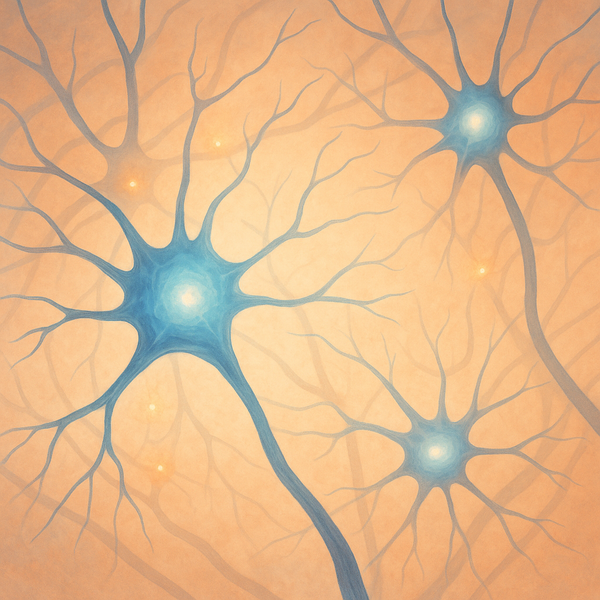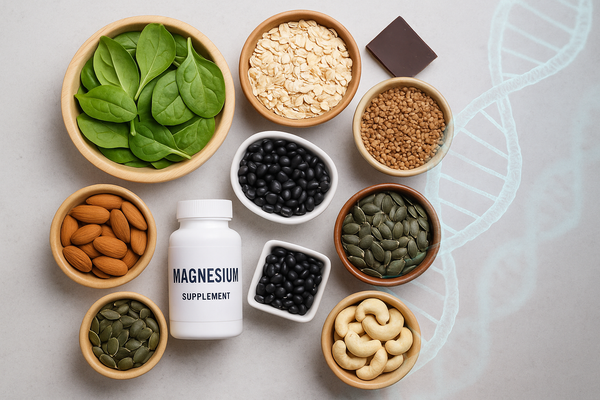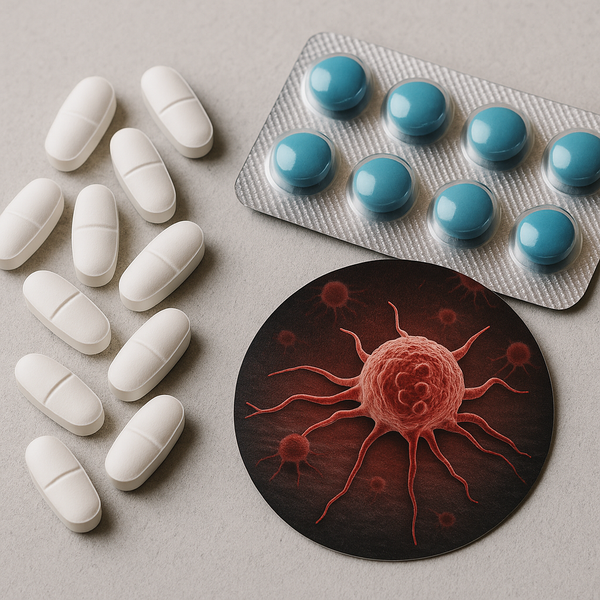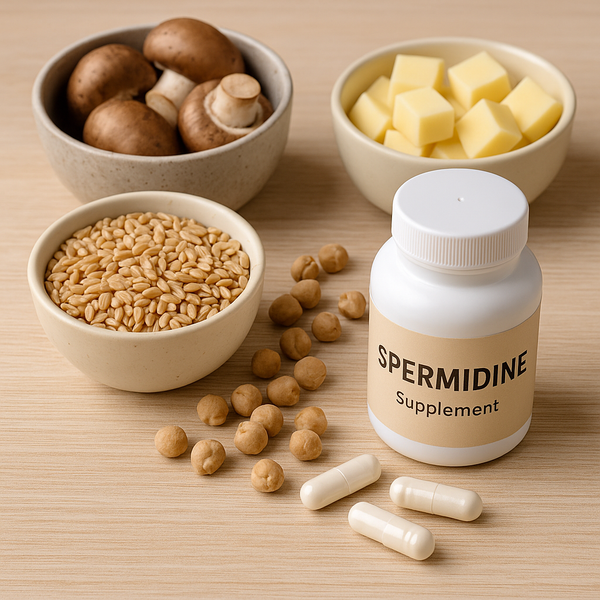Dihydromyricetin (DHM): The Liver-Guarding Flavonoid That Flushes Alcohol’s Toxic Byproduct
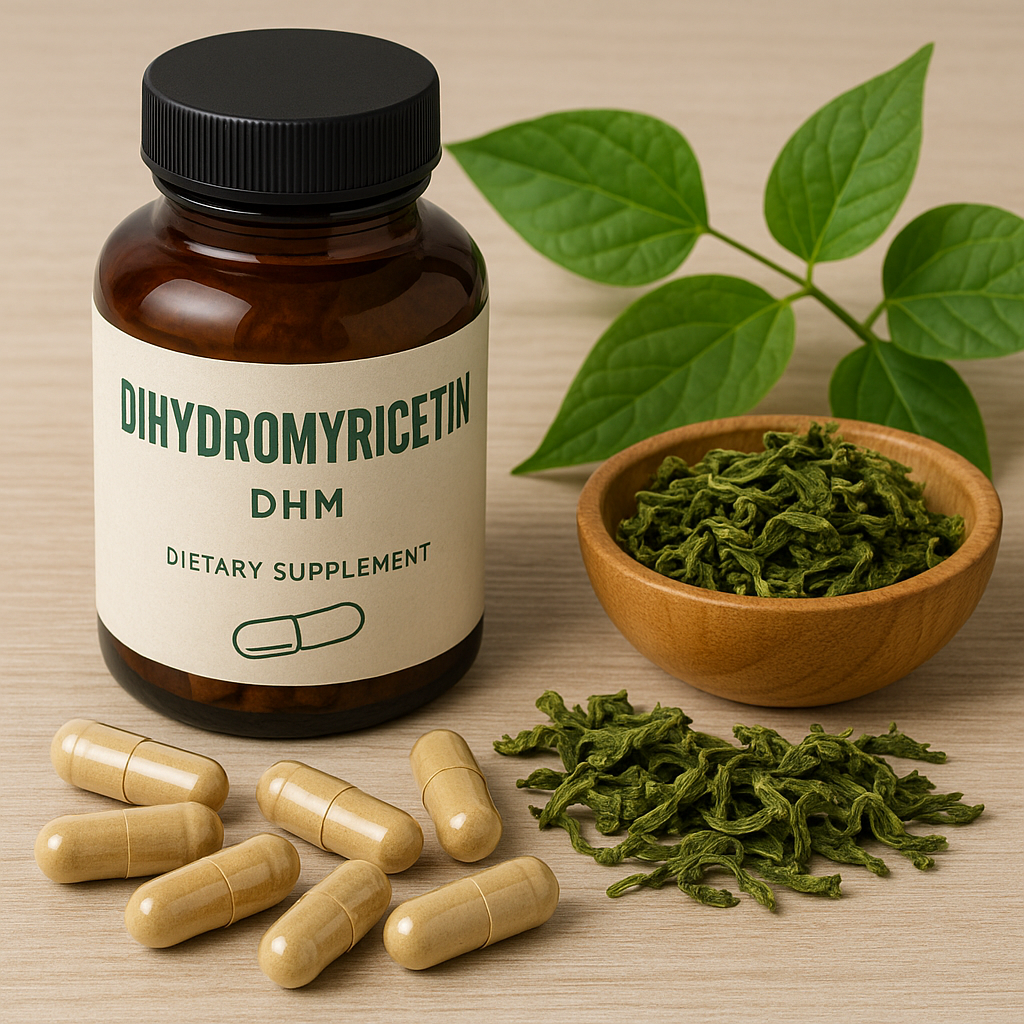
DHM isn’t your average supplement—it’s a naturally occurring flavonoid that’s gained quiet traction in the functional health community for its ability to support the liver, accelerate detoxification, and even protect the brain from alcohol’s downstream effects.
It’s found in the Japanese raisin tree (Hovenia dulcis) and vine tea (Ampelopsis grossedentata)—both traditional medicinal plants used for centuries in Asia to ease hangovers and promote liver recovery. Today, DHM is being explored for far more than hangover relief: its effects on inflammation, oxidative stress, and metabolic resilience give it potential longevity value far beyond a night out.
Alcohol Metabolism and the Acetaldehyde Problem
When alcohol is metabolized, it converts into acetaldehyde, a highly reactive and toxic compound. Acetaldehyde causes the flushing, nausea, and headaches often linked to hangovers, but more importantly, it drives oxidative stress, liver inflammation, and DNA damage.
DHM appears to intervene directly in this process by boosting two critical enzymes:
- Alcohol dehydrogenase (ADH) – converts ethanol into acetaldehyde
- Aldehyde dehydrogenase (ALDH) – breaks acetaldehyde into acetate, which the body can safely excrete
By enhancing ALDH activity and reducing acetaldehyde buildup, DHM helps clear this toxic byproduct faster, minimizing both acute hangover symptoms and long-term cellular damage from oxidative stress.
Mechanisms That Go Beyond Hangover Prevention
The real potential of DHM lies not just in “detoxing” alcohol, but in protecting the body’s detoxification system itself.
- Hepatoprotection: DHM reduces liver fat accumulation and inflammatory cytokines (TNF-α, IL-6) in animal studies, improving liver resilience after alcohol or metabolic stress.
- Mitochondrial Protection: It supports mitochondrial efficiency and reduces ROS generation, helping prevent the cellular “energy drop” caused by ethanol.
- SIRT1 and AMPK Activation: These two longevity-linked pathways promote autophagy, metabolic regulation, and lipid oxidation—critical for maintaining cellular health.
- Neuroprotection: DHM has been shown in preclinical models to reduce GABA receptor overactivation, which may explain its “sobering” effects after alcohol intake and its potential to reduce neuroinflammation.
This multi-systemic support makes DHM relevant not just for recovery, but for long-term functional health and longevity optimization.
Evidence and Limitations
While the mechanisms are strong, human data are limited.
- A 2012 Journal of Neuroscience study showed DHM reversed alcohol intoxication and withdrawal symptoms in rodents by modulating GABA receptors.
- In animal models, DHM prevented alcohol-induced fatty liver and normalized liver enzyme levels.
- Human studies remain small and preliminary—early reports suggest reduced hangover symptoms and improved next-day cognitive performance, but results are inconsistent.
The main limitation appears to be bioavailability. DHM has low absorption when taken orally, meaning higher doses or enhanced formulations (liposomal, nano-emulsified) may be required for measurable benefits.
Practical Use
If I were to include DHM in a protocol, here’s how I’d frame it:
- Purpose: Support liver detoxification, protect mitochondria, and offset occasional alcohol exposure.
- Form: High-quality DHM extract (often standardized from Hovenia dulcis) or vine tea extract.
- Dosage: Common supplement doses range from 300–1,000 mg before or after alcohol consumption; for liver support, lower daily doses (~200–400 mg) may be used.
- Stack Synergy: Works well alongside NAC (N-acetyl cysteine), milk thistle, or TUDCA for hepatoprotection, but should not be relied upon to “cancel” alcohol’s toxicity.
- Monitoring: Track liver enzymes (ALT, AST), energy recovery, and inflammation markers if used consistently.
Safety and Cautions
- Generally well-tolerated at standard doses, though long-term data in humans are scarce.
- Potential mild GI discomfort at higher doses.
- May interact with medications metabolized via liver enzymes.
- Should not be used to justify excessive drinking—it supports recovery, not immunity to damage.
My Take
I view DHM as a functional resilience compound rather than a “hangover cure.” It supports the same pathways that preserve mitochondrial integrity and reduce chronic inflammation—the same biological levers we target in longevity protocols.
It’s a supplement that aligns with intelligent prevention: protect the liver, balance oxidative load, and optimize recovery systems so the body can handle stress—whether from alcohol, metabolism, or time itself.
Used wisely, DHM might be one of the few “hangover ingredients” that actually fits within a long-term health optimization framework.
Sources
- Liang J, et al. Dihydromyricetin as a Novel Anti-Intoxication Agent. J Neurosci, 2012.
- Guo H, et al. Dihydromyricetin Protects Against Alcohol-Induced Liver Injury via AMPK/SIRT1. Front Nutr, 2023.
- USC Study on DHM and Liver Protection, 2023.
- Alzheimer’s Drug Discovery Foundation: DHM Cognitive Vitality Profile, 2024.
- ConsumerLab Review: DHM Safety and Efficacy, 2024.
- Food Journal 2024; DHM and Acetaldehyde Clearance Study.
